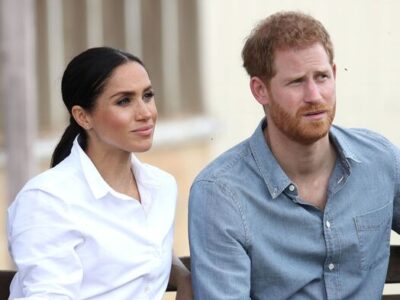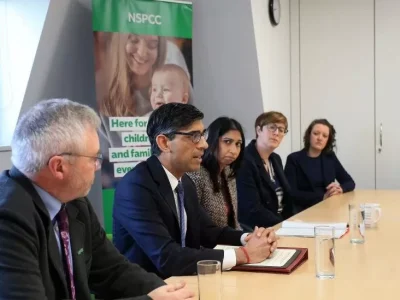The government is stepping up its efforts to speed up free trade agreements (FTAs) with ministerial-level consultations with Australia and the UK lined up this month.
Commerce and industry minister Piyush Goyal will be in the UK for talks with his counterpart Elizabeth Truss this week, while Australian trade minister Dan Tehan is scheduled to be in the capital towards the end of the month to take forward the dialogue. Although discussions are still in an exploratory phase, the Centre has started marking out the red areas, many of which may prove to be contentious as the progress of the talks.
For instance, in an interview, the UK chancellor of exchequer Rishi Sunak had indicated to TOI that his government was keen on services being liberalised by both countries. While India’s interest is in Mode IV — visas for its tech professionals, doctors and nurses — for the UK, the pitch will be opening up legal services and such “taboo areas”.
When it comes to some of the earlier no-go territories, such as lower duties on Scotch, signals are that India will be more accommodative in its stand than earlier, hoping that it will manage to get the UK to offer easy access for Indian textiles and engineering goods.
Similarly, when it comes to Australia, the government is willing to engage in sectors like coal where imports for power plants are in any case taking place. But dairy is a sector that has proved to be a red zone, as was seen during the aborted negotiations for the Regional Comprehensive Economic Partnership (RCEP) agreement, where India pulled out at the last minute.
For Australia, dairy has been a key area of interest, but India has been wary of cutting tariffs, especially on products such as skimmed milk powder, given its likely adverse impact on the domestic economy. Unlike the large farms in Australia, the Indian dairy sector has millions of small farmers.
What complicates matters further for talks with the UK, Australia, as well as the European Union, is the fact that nearly half the goods exported by India are already in the zero-tariff category, with these countries having their defensive interests in some of the items where customs duty are in place.
Although it is early days, the stance that was taken by negotiators also evolves as talks progress, depending on what the other side is willing to put on the table. Besides, the discussions for the free trade agreements also need to be seen in the context of the new geopolitical alignment taking place in the post-Covid world.
Given that ties with Australia have strengthened in the last few months as Canberra has signalled that it wants to rely less on China, the government is hoping to clinch what is called an early harvest scheme by December, covering around half the tariff lines. But with elections due in Australia, it is unlikely that the trade deal can be ratified by Parliament until at least the second half of the year.
In any case, the government’s keenness for such an agreement is not shared by some of the other sides, such as the European Union, which is another focus partner for a trade and investment treaty.
![]()






